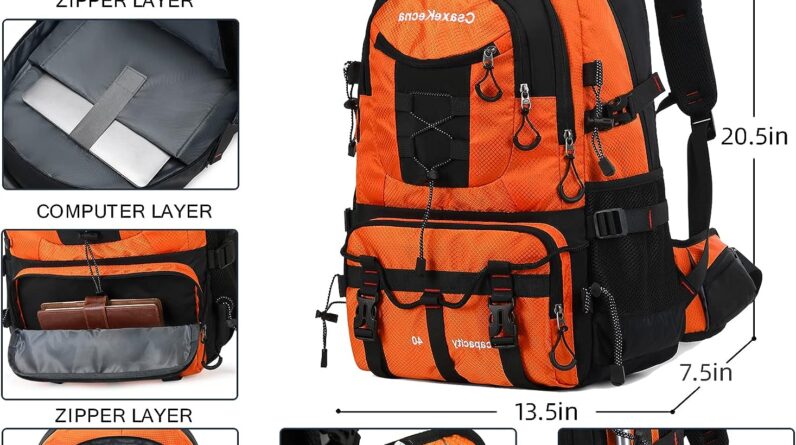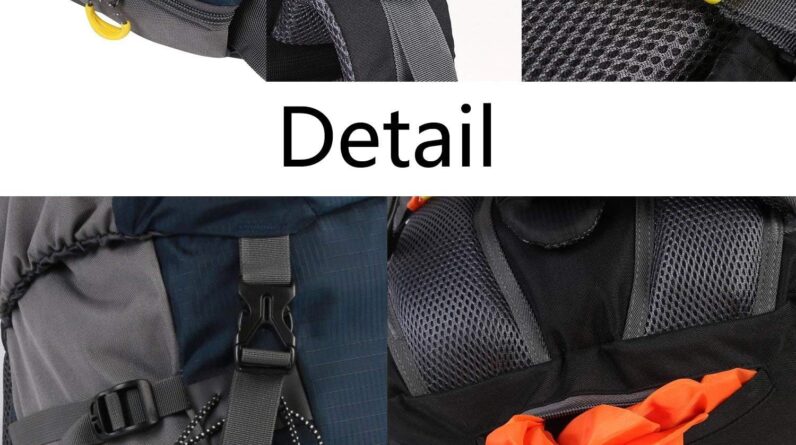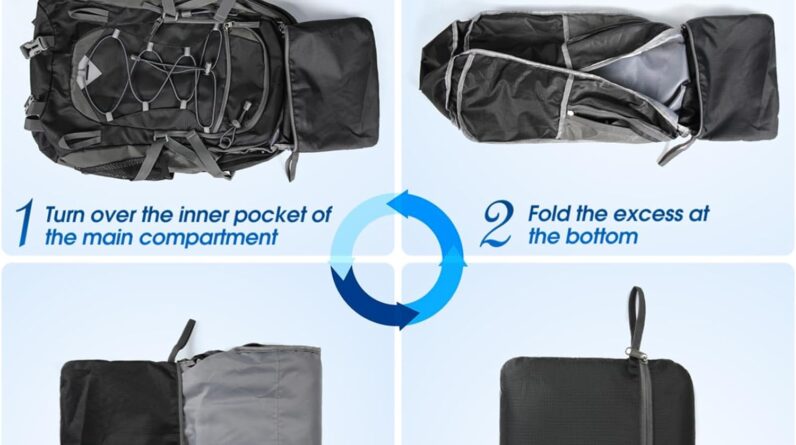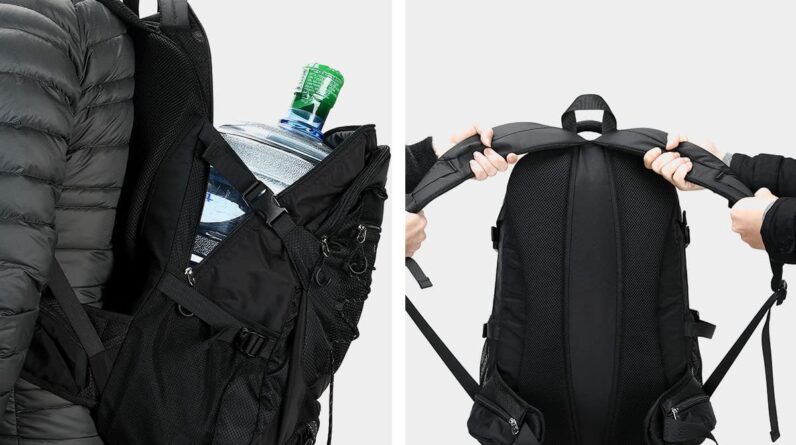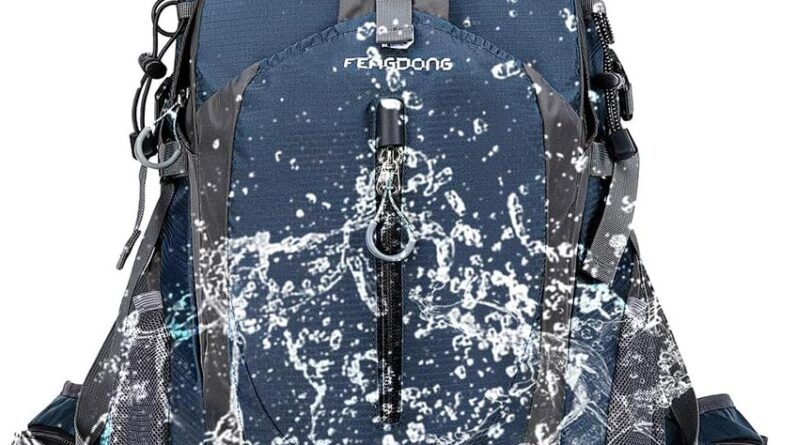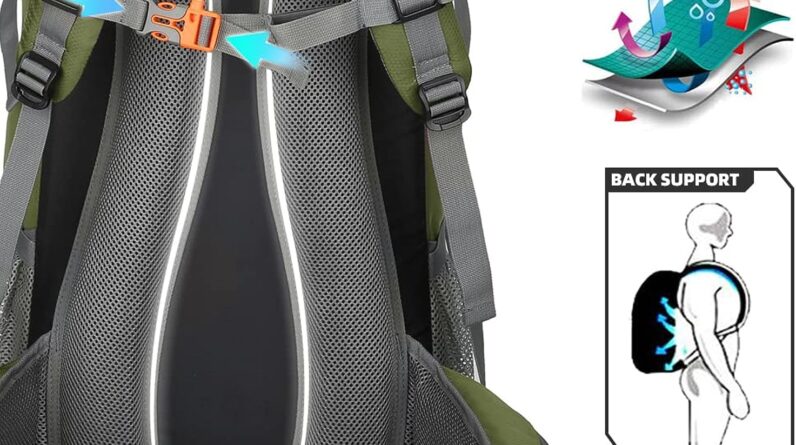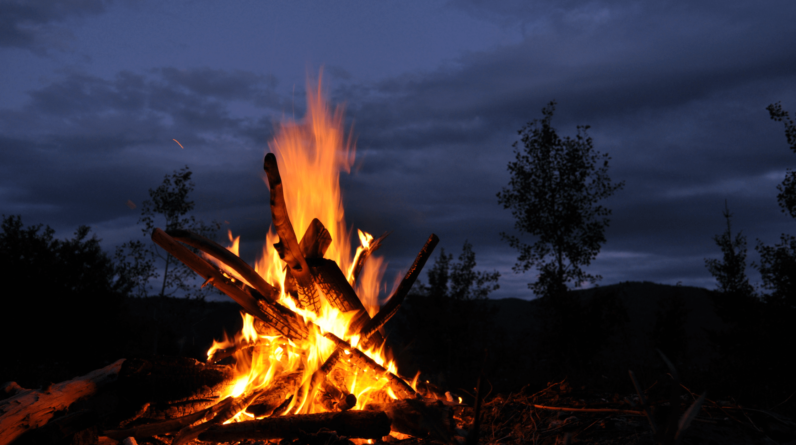
Introduction
Fire is more than just a comfort when you’re in the great outdoors. It’s a vital part of wilderness survival skills, providing warmth, a way to cook food, and even a signal for help. Today, we’ll journey through the captivating realm of fire starting outdoors, exploring 15 unique, resourceful methods you can use to start a fire on your next escapade.
Basics of Fire Starting
Before we embark on the various techniques, we must pay homage to the basic principles of fire. If you’ve ever been a scout or merely attended a high school science class, you’ll recall the fire triangle: heat, fuel, and oxygen. These are the three musketeers that are the foundation of any fire. Take one away, and your fire vanishes quicker than a puff of smoke.
As you venture into the wilderness, safety should always be your paramount concern when starting a fire outdoors. Make sure your chosen location is free from flammable material like dry leaves, overhanging branches, or loose grass. A fire, no matter how small, should never be left unattended. Furthermore, it’s absolutely crucial to completely extinguish your fire before departing from your site.
Preparing your fire pit is another fundamental step you must master. Ensure your site is shielded from the wind while being well-ventilated. Choosing the right location and preparing it effectively is not just essential for a roaring fire, but it’s also key to avoiding potentially dangerous situations.
Traditional Fire-Starting Methods
There’s an intimate joy that comes from practicing traditional fire-starting methods. They create a tangible link to our past, providing a profound sense of connection with our ancestors. Here are some of the time-honored techniques that have ignited countless campfires over millennia.
Friction-based Fire Starting
Rubbing two sticks together until a flame sparks is probably the most ancient and elemental of all fire-starting techniques. Hand drills and bow drills are the two friction-based methods that have passed down the corridors of time. The hand drill method involves spinning a spindle or drill on a fireboard by rubbing it between your hands. The bow drill is an ingenious improvement where a bow spins the drill, significantly reducing the effort and increasing efficiency. Both methods involve generating heat through friction, which ignites a tinder pile.
Flint and Steel Method
Striking steel against a sharp-edged flint is an age-old practice that creates a spark to ignite your tinder. The spark lands on a piece of char cloth positioned atop the flint. Once the cloth catches the spark, it is transferred to a tinder bundle. A gentle blow transforms the spark into a flame. Although it requires some skill and practice, the flint and steel method is a reliable way to start a fire under most conditions.
Using Matches or a Lighter
Matches and lighters are the quintessential fire starters. Simple, effective, and quick. However, if you’re venturing into the wild, make sure you pack waterproof matches or a stormproof lighter. The weather can often be an unpredictable foe, and getting caught in a rain shower with your standard matches or lighter will leave you in a cold spot.
Magnifying Glass and Sun Method
Harnessing the sun’s power to ignite a fire feels like performing a magical ritual. All you need is a sunny day and a magnifying glass. Direct sunlight through the magnifying glass onto your tinder, concentrating the beam to a small point. With a little patience, the concentrated heat from the sun will ignite the tinder.
Modern Fire-Starting Methods
Welcome to the modern age, where technology has imbued us with several efficient fire-starting gadgets and methods. They save time and effort, and most importantly, they are reliable under diverse conditions.
Ferrocerium Rod (Fire Steel)
A ferrocerium rod, commonly known as a fire steel, is a popular fire-starting tool amongst survivalists and outdoor enthusiasts. When struck with a hard, sharp object, it produces hot sparks that can reach temperatures above 3,000°C, igniting even the most stubborn tinder.

Using a Battery and Steel Wool
The union of a battery and steel wool might seem like a strange alliance. However, in survival situations, the improbable becomes probable. Touching a wad of steel wool to the terminals of a battery can ignite the steel wool, and when transferred to a tinder bundle, a fire is born. It’s a quirky trick but could come in handy in a pinch.
Fire Pistons
A fire piston operates on the principle of rapid compression. This is where a cylinder of air is compressed so quickly that the heat generated ignites a small piece of tinder placed at the end of the piston. Fire pistons are compact, efficient, and a unique piece of technology to add to your survival skills arsenal.
Unconventional Fire-Starting Methods
For the creative souls who enjoy trying out-of-the-box techniques, here are some unconventional fire-starting methods.
Chemical Reactions
The combination of potassium permanganate and glycerin is a well-documented method for starting fires. When mixed, these two substances undergo a chemical reaction that produces a significant amount of heat, resulting in a flame.
Fire from Ice
Starting a fire from ice sounds paradoxical, doesn’t it? However, a clear piece of ice can be shaped into a lens, which when held towards the sun, can focus the sunlight onto a piece of tinder, creating enough heat to ignite it.
Using a Soda Can and Chocolate Bar
This method involves using a soda can and a chocolate bar to start a fire. The bottom of the soda can is polished with the chocolate bar (the chocolate acts as a polishing agent), turning it into a reflective surface similar to a parabolic mirror. This mirror can then focus sunlight onto a specific point to ignite tinder.
Fire Starting with a Gum Wrapper and Battery
A thin strip of a gum wrapper, when touched to the terminals of a battery, can catch fire due to the flow of electricity. This little spark can then be used to ignite tinder.
Fire Starting with Dry Spaghetti Noodles
Dry spaghetti noodles burn at a slow and consistent rate and can be used to ignite other tinder or kindling. In a survival situation, if you have dry spaghetti and a means to ignite it, you can use it to start a bigger fire.
Fire Starting with Lenses and Reflective Surfaces
Besides a traditional magnifying glass, there are many other lenses and reflective surfaces you can use to concentrate sunlight and start a fire. For instance, you might have a pair of binoculars, a telescope, or even eyeglasses with you on a camping or hiking trip. These can all act as a lens to focus sunlight onto your tinder. Just angle your lens towards the sun and hold it over your tinder until it begins to smoke and ignite.
Remember, the key to these methods is that they all require direct sunlight, so they will be ineffective on cloudy days or at night. Also, they might take some time, so patience is essential. Make sure to protect your eyes while focusing sunlight, as the concentrated rays can be harmful.
Fire Starting Using Friction and Pressure: The Fire Plough Method
The fire plough is an old friction method for fire starting that doesn’t get as much attention as the hand drill or bow drill, but it can be effective with practice. The method involves a plough (a long, narrow piece of wood) and a base board. A groove is cut in the base board, and the end of the plough is rubbed rapidly up and down this groove.
The action of the plough against the base board creates friction, generating heat. Tiny particles of wood, ground away by the friction, accumulate at the end of the groove. As the heat increases, these particles eventually ignite and create a small ember, which can be transferred to a tinder bundle and gently blown into a flame.
This method requires a lot of effort and the right kind of wood – softwoods like cedar, cypress, or pine are often recommended. It might take some practice to get the technique right, but once mastered, the fire plough can be a reliable method to create fire, especially if you don’t have cordage or other materials required for a bow drill.
How to Nurture a Spark into a Flame
Getting a spark is just the beginning of your fire-starting journey. The real art lies in nurturing that tiny spark into a full-fledged flame. You need the right mix of tinder, kindling, and fuel wood. Your tinder is any easily ignitable material, like dry grass or bark. This is what catches the initial spark. Kindling, which is small sticks or branches, catches fire from the tinder. Fuel wood, which is larger branches and logs, is what keeps your fire going.
Knowing how to control and maintain your fire is an essential part of the process. You need to make sure that your fire is getting enough oxygen and that the fuel wood is added at the right time. Too soon, and you risk smothering your fire; too late, and it may burn out.
How to Safely Extinguish an Outdoor Fire
Once your campfire has served its purpose, it’s time to bid it a safe goodbye. Douse it with plenty of water, stir the ashes, and douse it again. Continue this until there are no hissing sounds and everything is cool to the touch. Remember, a single spark can lead to a forest fire, so take this process seriously.
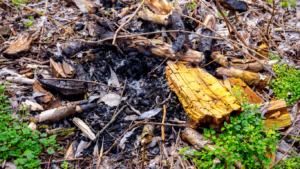
Conclusion
Whether you’re a seasoned outdoors person or a novice adventurer, mastering different ways of starting a fire can be a lifesaver. The wilderness can be unpredictable, and having a diverse set of skills will always serve you well. So the next time you venture outdoors, try some of these techniques. Happy and safe adventuring!


